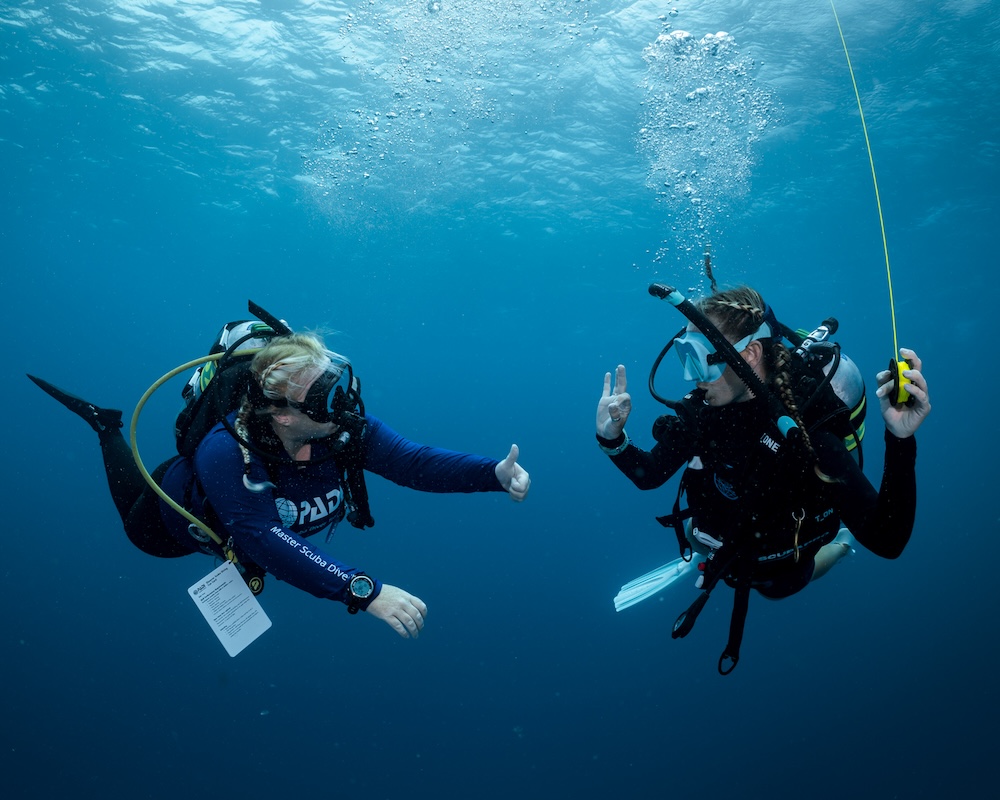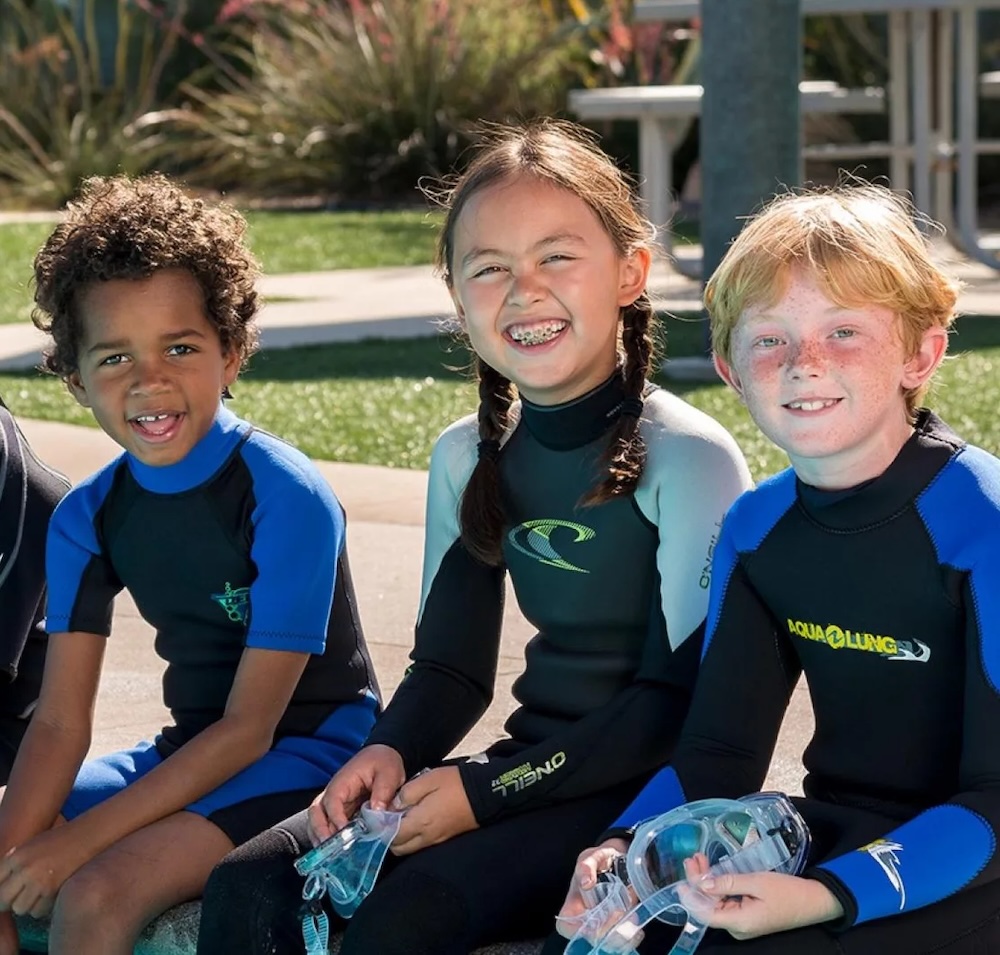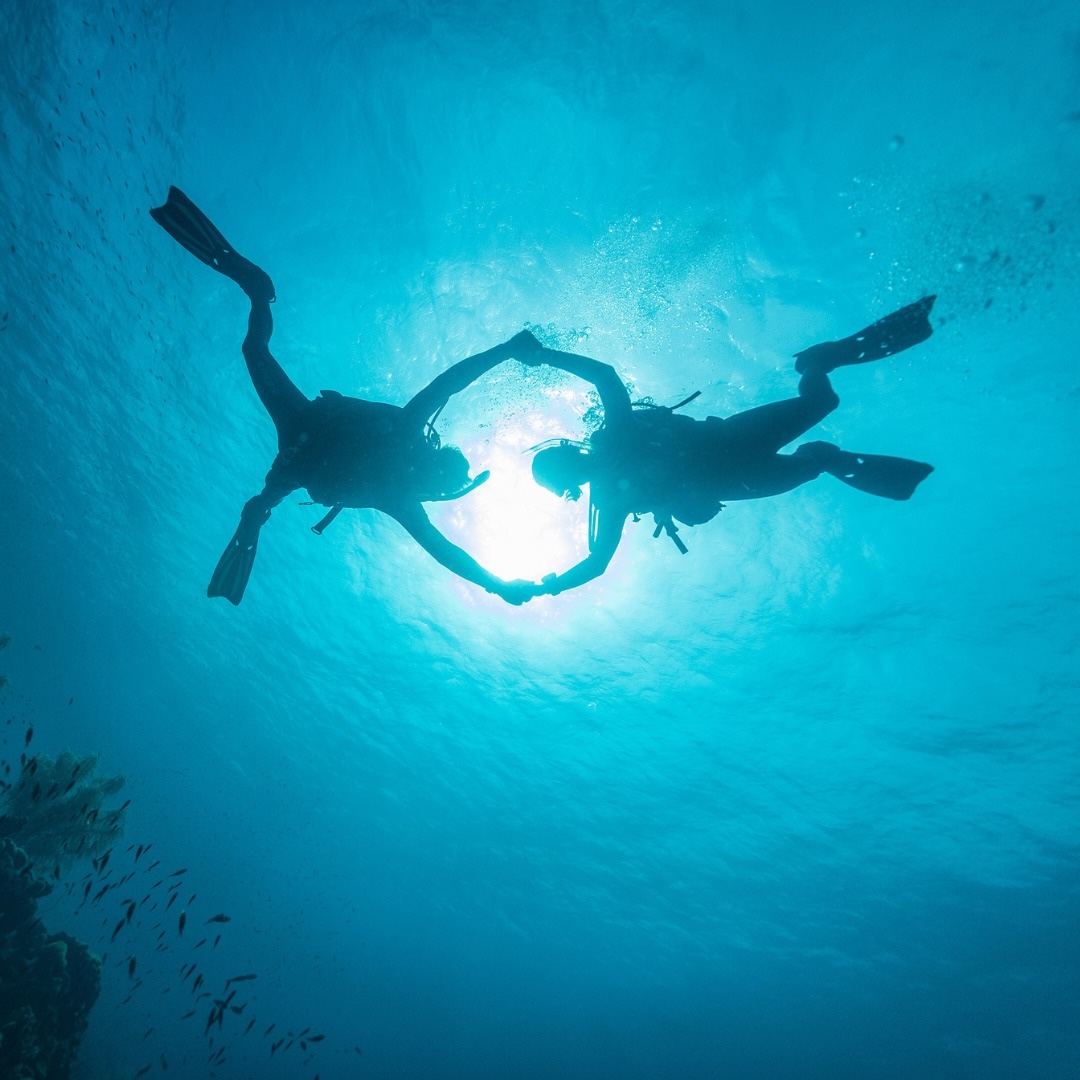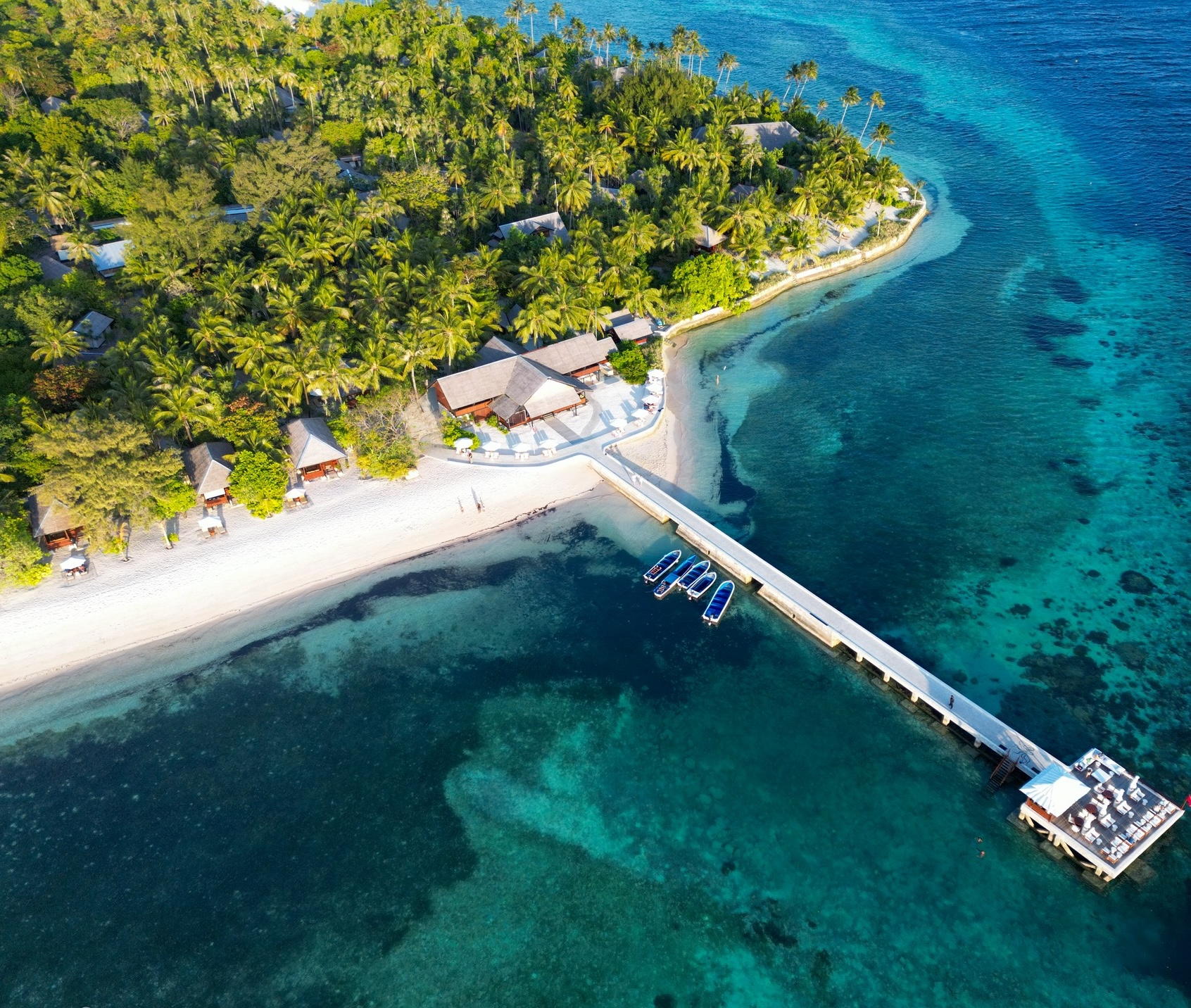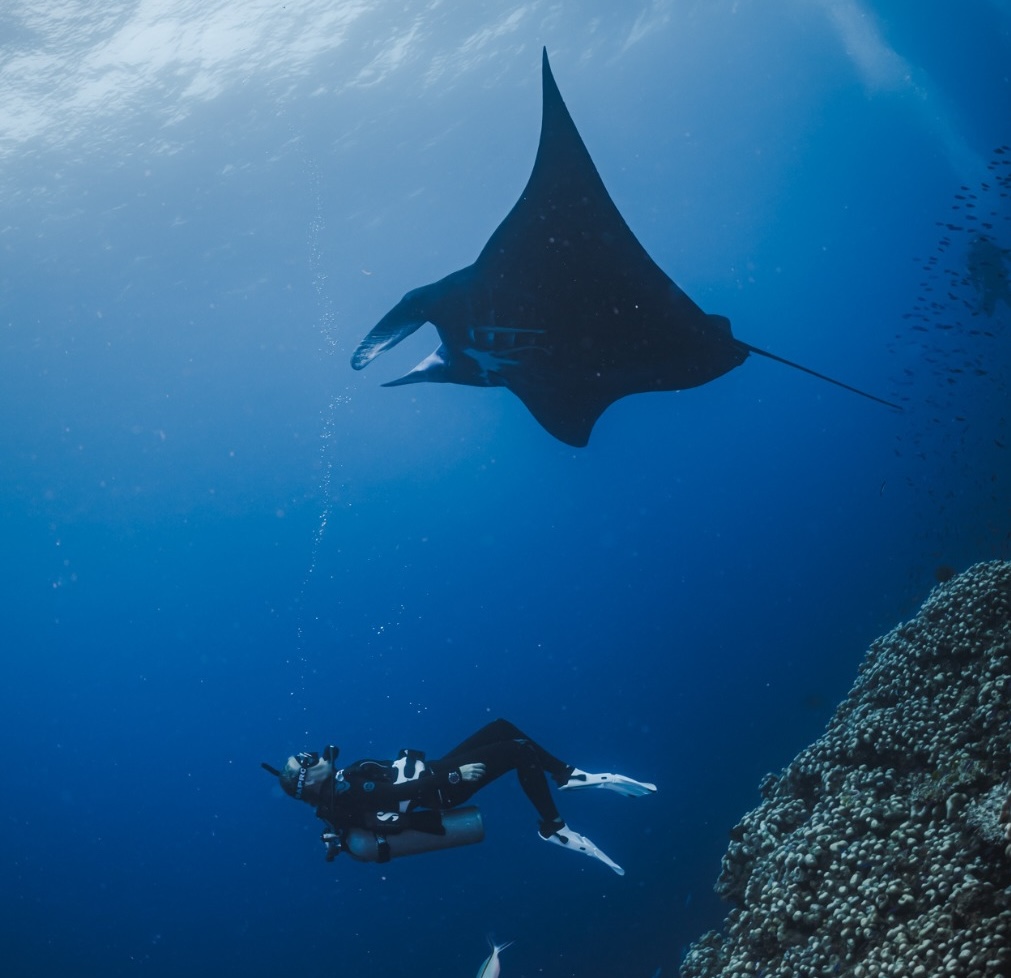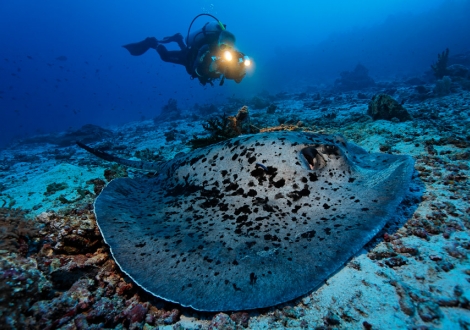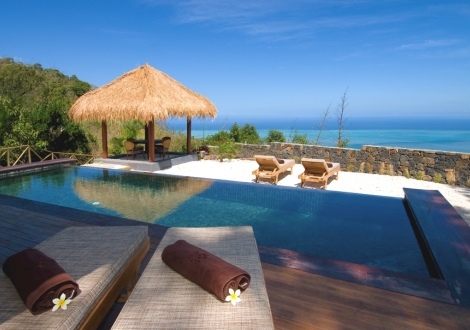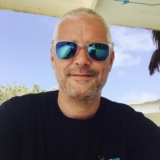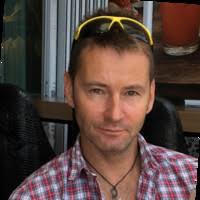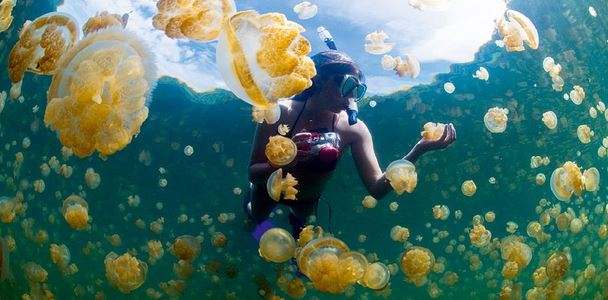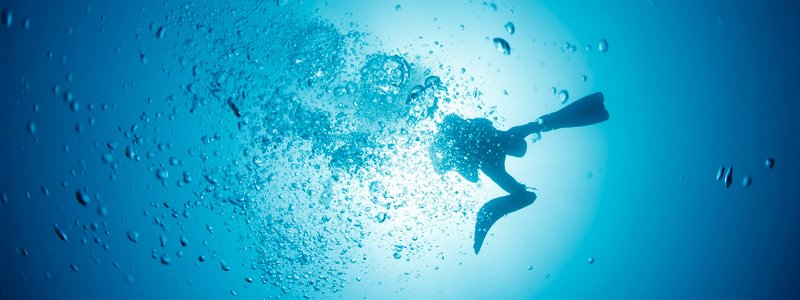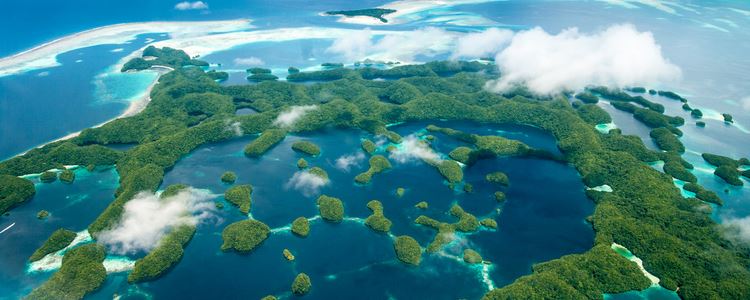Please wait
Why you'll love diving in Palau!
Palau's population of over 20,000 is spread over about eight of the country's 250 islands, with Koror Island being the most inhabited. Palau is home to over 70 marine lakes and is famous for the natural spa qualities found in the Milky Way Lagoon as well as the daily migration of millions of golden jellyfish.
Palau is one of the most extraordinary diving spots on the planet. Far to the southwest of Micronesia the Republic of Belau (the traditional name) consists of an archipelago of 343 islands, spread north to south over 100 miles form the atoll of Kayangel to the island of Angaur plus five tiny islands, known as the southwest islands. Palau's profuse, unspoiled reefs offer a wealth of marine life, coral formations and wrecks.
Dives begin in knee deep water and plunge straight down to depths of 1000 feet and more. Blue holes, huge caverns and an immense variety of rare and exotic marine species are easily accessible in clear water with visibility exceeding 200 feet. Large numbers of pelagics: sharks; turtles; dolphins and many species of migratory fish gather here at a unique crossroads of three of the world's major ocean currents.
Land locked marine lakes, accessible from the sea through tunnels beneath the island's steep shorelines, are home to rare jelly fish, anemones and soft corals. Palau's famed "Rock Islands" are a collection of rounded, foliage-covered isles which seem to float above the surface of the water. A boat trip through them will reveal a number of magnificent white sand beach hideaways perfect for a secluded picnic or adventurous overnight stay. Below the water's surface, divers and snorkellers are treated to a diverse technicolor paradise of fabulous drop-offs, blue holes, breathtaking reefs, crystal caves and World War II wrecks.
Follow the link for liveaboard diving in Palau.
The untouched wilderness of Palau provides an incredible set of diving conditions all year round, with temperatures never dropping below 18°C. Lying just North of the equator and North East of The Coral Triangle, the archipelago's consistent tropical climate changes little throughout the year.
Palau enjoys a pleasantly warm climate all year round with an annual average temperature of 26 - 32°C for the air and 28-30°C for the water. The heaviest rainfall takes place between July and October. Average Visibility is between 25-40 meters.
The odd typhoons can hit Palau during the months from July to November – and can cause damage in the shape of floods and erosion. However, this is quite rare - and of course not every typhoon is powerful enough to affect the diving conditions.
On Koror, the main island, there are tours to traditional villages. There is also a National Museum and the Etpsion Museum, which has some art and ancient artefacts. There is also an International Coral Reef Centre (aka aquarium). On Pelilu, there are several Second World War sites and memorials. You are unlikely to see much else in the way of crafts or traditions, except perhaps some old money beads in a souvenir shop. One thing you are likely to see, though, is the use of turtle shell and corals for making knick-knacks. Don’t buy these as the trade should be discouraged and import of turtle shell to many other countries is illegal. There are other activities such as a number of sightseeing tours available to visitors, including: the Rock Island Tour--boat ride around Palau's famous Rock Islands with picnicking, Stone Faces and Monoliths of Ngarchelong-hike through traditional villages and lovely jungle scenery to mysterious and ancient stone monoliths left by the early Palauans- , Belau National Museum-the oldest in Micronesia-, offering a history of Palau through its handicrafts and artifacts. A fine example of a traditional bai (men's house) sits on the property, Helicopter Tours , Air Tours and Adventure Kayaking.
Paulau’s history reaches back centuries to a once highly family-orientated, matrilineal society: during the Stone Age women were in charge of finances and the men had to ask permission to spend! More recently, periods of European colonialism led to Japanese occupation during the Second World War followed by American rule. Independence was finally granted in 1994. The result is a cosmopolitan atmosphere created by the melting pot of cultures. The biggest influence is probably Chinese but with residents coming from Japan, the Philippines, America and Europe.
Palau has two private medical clinics and a public hospital. As health care is not free, health insurance is recommended.
Passports valid for at least 30 days beyond intended period of stay required. Visas are not require for those staying up to 30 days, who are issued entry permits on arrival (Entry Permit: US$50). For longer stays, permission must be granted from the chief of immigration.



 Nassau
Nassau
